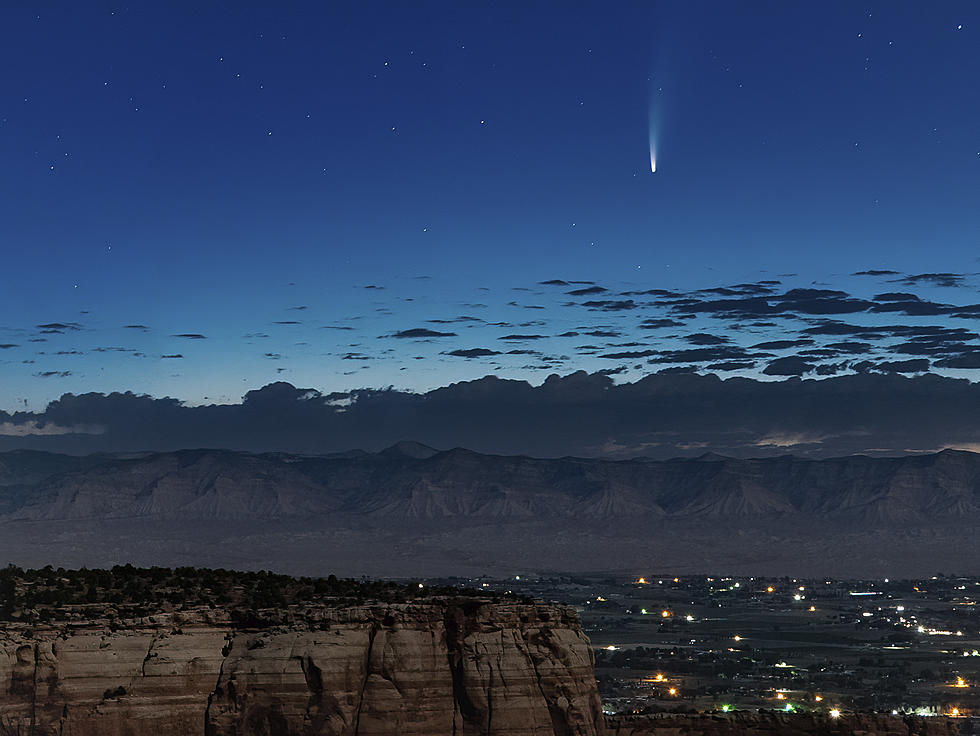
A rare comet over New Jersey’s skies
It won’t be back for another 6,800 years, so if you want to see Comet Neowise, you’d better do so this week. According to NASA, Neowise is the brightest comet in 23 years (since Hale-Bopp) and while it is possible to see it with the naked eye, a telescope, a pair of binoculars, or a long exposure camera will help you out.
Look for it in the northwestern sky just after twilight; it will appear just “below” the Big Dipper. It has already made its closest pass to the sun, where it came close to breaking apart, and is now heading back into space, but it will pass closest to earth on July 22nd (64 million miles away).
It is officially named C/2020 F3, but is called Neowise because that is the name of the telescope that first spotted it back in March. It is fairly big for a comet, with a head three miles across; “we can tell that the comet's nucleus is covered with sooty, dark particles left over from its formation near the birth of our solar system 4.6 billion years ago," said Joseph Masiero, NEOWISE deputy principal investigator at NASA's Jet Propulsion Laboratory in a statement.
The comet should be visible for the rest of the month and possibly into August, but, again, it won’t be back for almost 7,000 years. If you want to see a stunning compilation of the comet taken from the International Space Station, watch the video below.
The post above reflects the thoughts and observations of New Jersey 101.5 talk show host Bill Doyle. Any opinions expressed are Bill Doyle's own.
10 reasons Jeff Deminski says students wearing masks to school won’t work
More From New Jersey 101.5 FM









